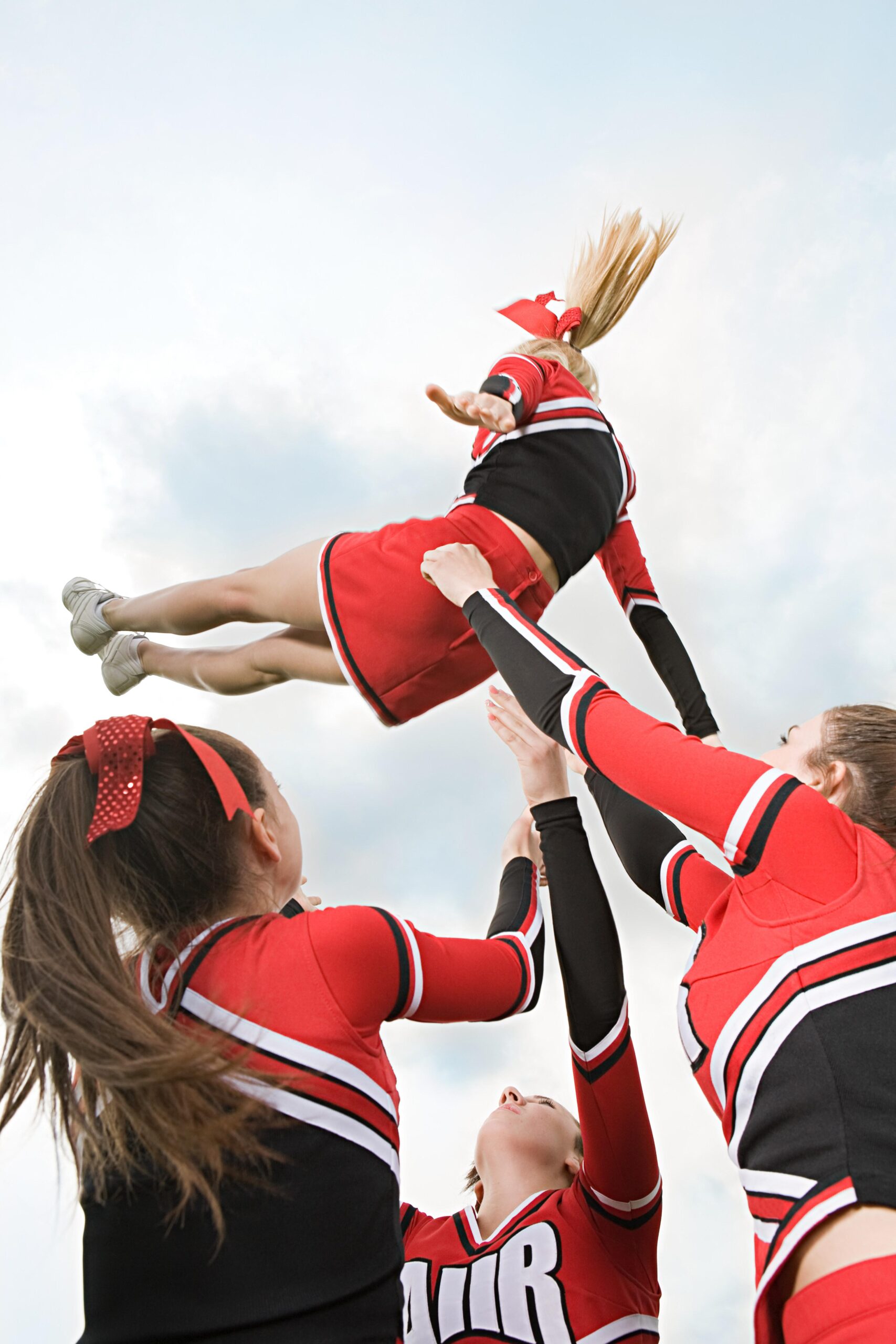Cheerleading has evolved from simple chants on the sidelines to a dynamic sport that combines athleticism, performance, and teamwork. With a rich history spanning over a century, it reflects the cultural and social changes that have shaped its growth. Every sporting fan should take a closer look at the key periods in cheerleading’s development, its prominent figures, and major milestones.

The Early Years
Cheerleading traces its roots to November 2, 1898, when Johnny Campbell led the first organized chant at the University of Minnesota. Initially a male-dominated activity, cheerleading involved leading crowds to energize teams during sports events.
Milestones of Early Cheerleading:
- 1900s: Formation of cheer squads at universities like Princeton and Harvard.
- 1920s: Women began joining cheer squads, particularly during World War I when men were away.
- 1930s-1940s: Introduction of tumbling and stunts, laying the foundation for modern cheerleading.
The introduction of acrobatics and the incorporation of gymnastics began shifting cheerleading from mere chanting to a more athletic and performance-oriented activity.
Modern Cheerleading
By the 1960s, cheerleading had become synonymous with school spirit in high schools and colleges across the United States. This period saw the establishment of competitive cheerleading and influential organizations.
Key Organizations:
- National Cheerleaders Association (NCA): Founded in 1948 by Lawrence Herkimer, often called the “Father of Modern Cheerleading,” the NCA formalized training camps and competitions.
- Universal Cheerleaders Association (UCA): Established in 1974, it further advanced the sport, focusing on athleticism and choreography.
- International Cheer Union (ICU): Founded in 2004, the ICU now governs cheerleading worldwide and oversees the prestigious ICU World Championships.
The emergence of these organizations transformed cheerleading from a sideline activity into a high-performance sport with worldwide recognition.
Prominent Figures in History
Cheerleading’s growth owes much to trailblazing individuals who revolutionized the sport and inspired generations.
Cheerleading Legends:
- Lawrence Herkimer: Inventor of the “Herkie jump” and creator of cheer camps, uniforms, and accessories.
- Pat Summitt: Before becoming a legendary basketball coach, Summitt was a cheerleader, showcasing the leadership traits synonymous with the sport.
- Monica Aldama: Known for her coaching in Netflix’s “Cheer,” Aldama has brought global attention to cheerleading’s rigor and artistry.
These icons exemplify the dedication and innovation that have propelled cheerleading into the mainstream.
A Global Phenomenon
Cheerleading is now a globally recognized sport, with millions of participants competing in various categories. It features stunts, pyramids, and synchronized routines that demand extraordinary skill and teamwork.
This unique kind of unusual activity has transformed from humble beginnings into a highly competitive and artistic sport that continues to evolve. Its journey is marked by groundbreaking innovations, iconic figures, and the determination of its participants to push boundaries. By celebrating its history, we honor the spirit of teamwork, resilience, and creativity that defines cheerleading. Dive into our website to discover more about this vibrant sport and the inspiring stories behind it!
